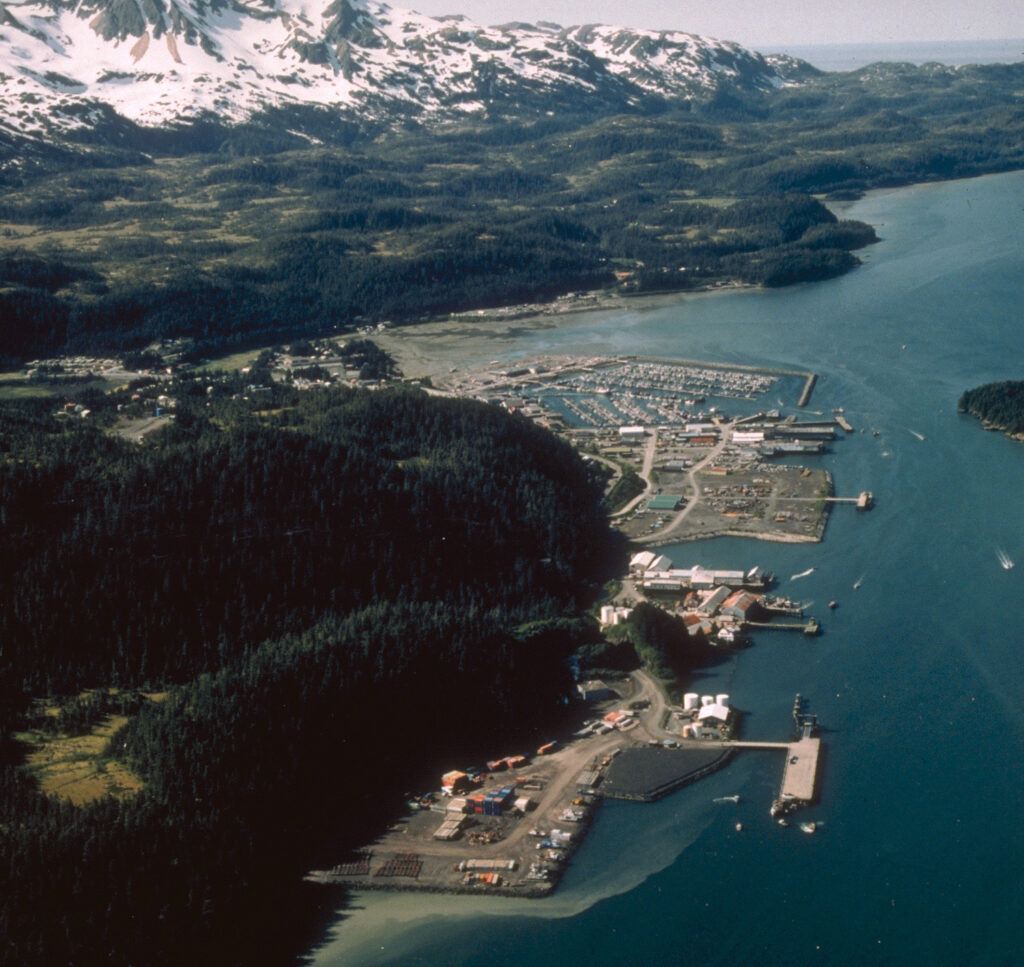Cordova, Alaska

Nestled at the head of Orca Inlet and framed by the Chugach Mountains, Cordova (pop. ~2,600) is a close-knit, off-the-grid fishing port where the dramatic forces of nature and human grit intersect. Known as the “Crossroads of Alaska,” the town lies near the mouth of the Copper River, famously home to the legendary Copper River reds (sockeye) and plum-rich Copper River Kings (Chinook) salmon, prized around the globe for their rich omega-3 flavor profile.
Accessible only by air or ferry—there are no roads connecting Cordova to the rest of the state—it remains refreshingly uncrowded, preserving its authentic, maritime spirit. During the peak summer seasons, its population nearly doubles as commercial fishing boats converge, with about 220 vessels harvesting salmon in the Copper River fleet—six of them captained by women, exemplifying the town’s proud fishing heritage.
Cordova is also a cultural beacon: home to the Ilanka Cultural Center, which honors Eyak, Alutiiq, Ahtna, and Tlingit traditions, including an articulated orca skeleton; and the Cordova Historical Museum, which preserves local maritime and railroad history, and the dramatic 1964 Good Friday earthquake.
Along with its rich culture and cuisine (hello, fresh salmon!), Cordova offers a vibrant festival scene—Iceworm Festival in winter, Shorebird Festival in spring, and the jubilant Copper River Salmon Jam in summer—plus easy access to glaciers, trails, wildlife, heli-skiing, and skiing on Mount Eyak.
 Did You Know?
Did You Know?
-
Incorporated in 1909 as the terminus of the Copper River & Northwestern Railway, renamed from “Puerto Cordova” during the railroad boom
-
Lies within the Chugach National Forest: roughly 75 sq mi total (61 land, 14 water), heavy rainfall (148″/yr) and moderate snowfall (127″/yr)
-
Economy centers on commercial fishing, seafood processing, tourism, public services, and conservation; roughly 50% of households are involved in the fishing industry